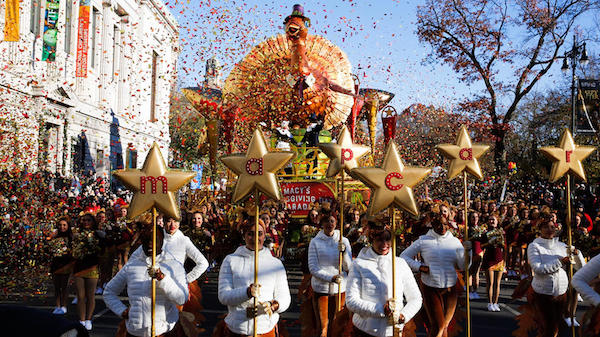
‘India‘s Improbable Democracy: its Resilience and Pitfalls’
Harjap Singh Aujla
NEW YORK (TIP): The Consulate General of India, on May 21, presented yet another lecture in the Media India 2014 LectureSeries. Ashutosh Varshney, Professor of Political Science, Brown University poke on “India’s Improbable Democracy: its Resilience and Pitfalls”. Maya Chadha, Professor of Political Science at the William Paterson University in New Jersey was the moderator. In his well-researched hour long lecture Prof. Varshney mentioned that most of the international scholars like John Peter Mill and Mark Twain were highly skeptical about India ever becoming a successful pluralistic democracy.
According to most scholars, India had too many languages, cultures and ethnicities and was difficult to govern as a single unified nation. They thought India was a group of nations, which could not co-exist. But barring the creation of Pakistan, rest of India has survived as one nation under an uninterrupted democratic set up. There have been insurgencies in several parts of India like Kashmir, Punjab, Maoist areas and the North Eastern states, but at any given time not more than 3% of the country faced unrest.
Most internationally acclaimed political scientists believed that since India was counted among the poorest, ethnically fragmented and least developed nations of the world like Vanamato and Belize, democracy was not a system suitable for its governance. But the post independence top leadership of the country like Pandit Jawahar Lal Nehru decided to go for a Western style system of governance based on self reliance and universal franchise. Prof. Varshney said that in America, up to the end of the nineteenth century, the African Americans and the women were not allowed to vote.
De-facto America was governed in its initial years of democracy by a regime elected by just about forty percent of its population. In India, when the first nation-wide election was held in 1952, every Indian, including the most illiterate, was allowed to vote and that is why we had symbols for candidates like cycle, flower, hand, elephant etc. All Indians could recognize the symbols.
India’s size of the electorate, since the first election was the largest in the world, much larger than that of the second most populous country the United States. The ballot boxes were carted using primitive modes of transportation like ponies and camels. Since then the recently concluded election is the sixteenth election, in which 815 million people participated. Over five hundred million people actually voted. One hundred million were new voters and twenty three million were eighteen to nineteen years old.
More than one hundred and seventy million voters, constituting thirty one plus percent of the actual voters exercised their franchise in favor of the BJP.Thisis the highest percentage of vote ever polled by the BJP. Narendra Modi, who ran a high pitched campaign, is the new leader of the country. Nine percent of the Muslim minority has voted for Modi. This is the highest Muslim vote percentage for the BJP ever. Even a very popular leaderAtal Behari Vajpayee of the BJP could get only six percent of Muslim vote. This is a good sign for India’s democracy. The question and answer session was moderated by Professor Maya Chadha.
During this Q &A session, my own observation was that in hindsight, the creation of Pakistan, which was opposed initially by India’s top leadership, like Mahatma Gandhi and Nehru, has turned out to be positive in the long term survival of India. Considering what is happening on a daily basis in Pakistan, with thirty percent of the then Indian army coming from the provinces of West Pakistan, India would have become unstable from day one with civil war like situation. Professor Varshney agreed in entirety and said that those who left India in 1947, their decision is acceptable and those who stayed on in India are welcome. Earlier, the keynote speaker was introduced by the Consul General of India Ambassador Dnyaneshwar Mulay.





Be the first to comment